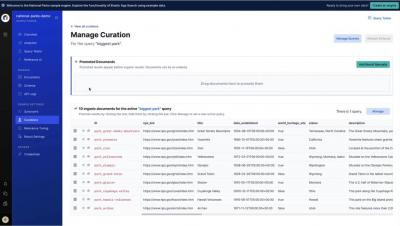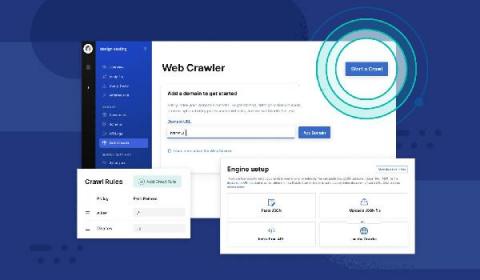Querying a petabyte of cloud storage in 10 minutes
Elastic's new frozen data tier decouples compute from storage and leverages low-cost object stores such as Google Cloud Storage, Azure Blob Storage, or Amazon S3 to directly power searches. It provides unlimited scaling of storage while preserving the ability to efficiently query the data without any need to rehydrate it first, making it easier and cheaper to manage data at scale.









